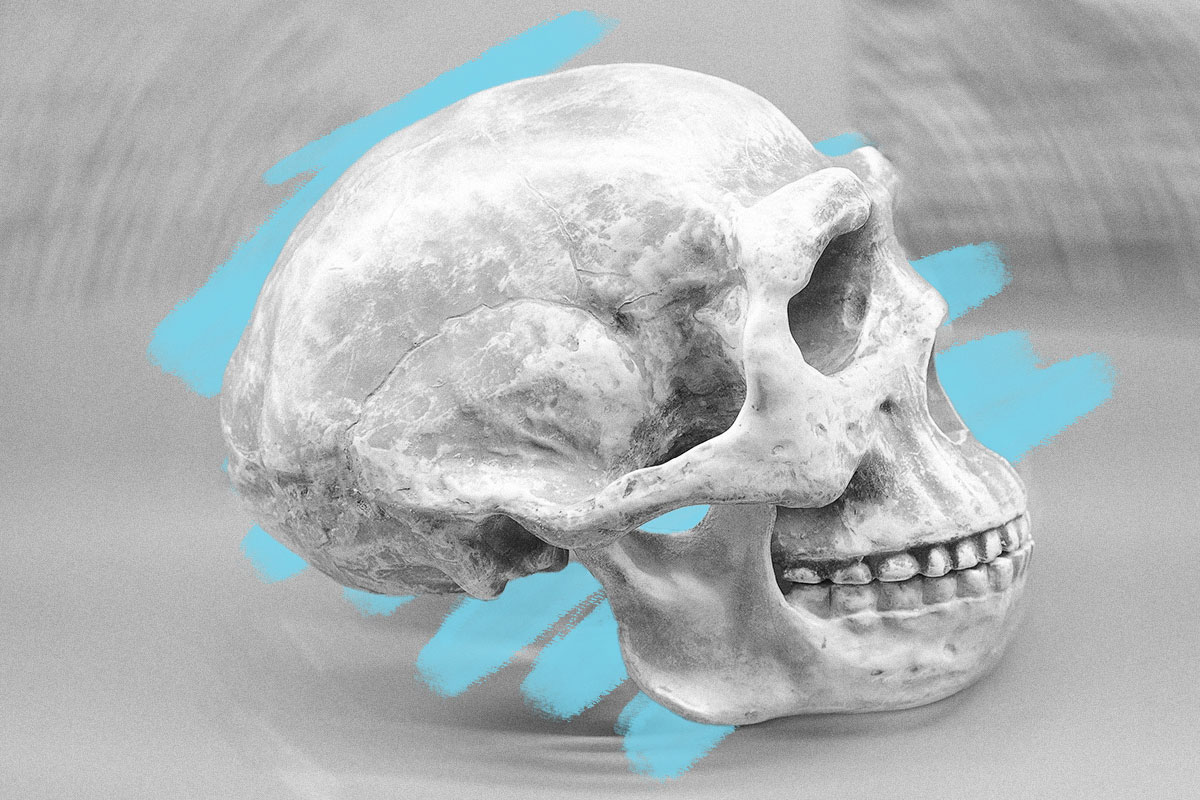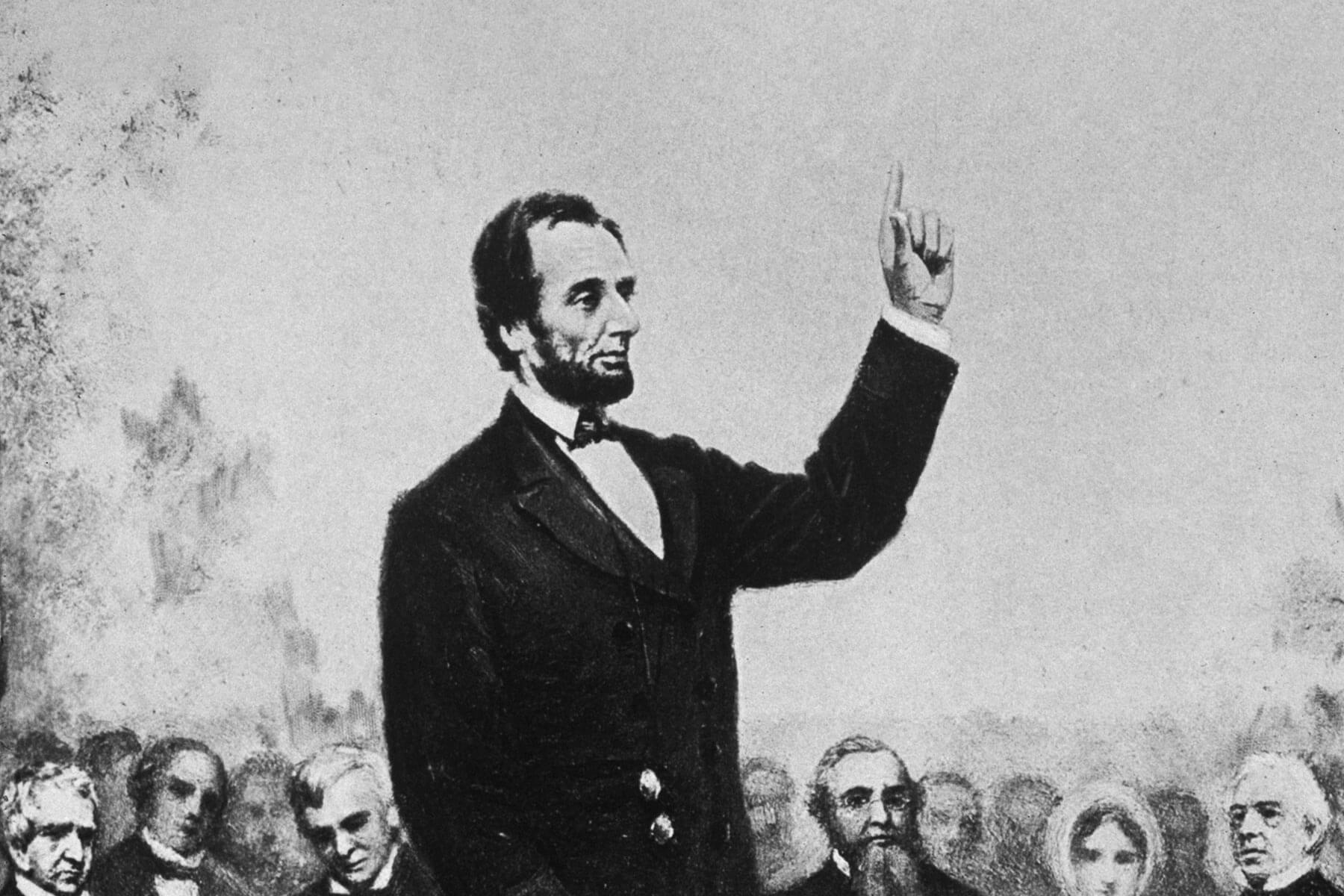 |
Humans may have nearly gone extinct. |
Science & Industry |
 |
| |
| The population decline could have been related to the wild environmental changes happening around that time: Extreme cooling of the Earth coincided with a drought in Africa, leading to fewer sources of food. Whatever the cause, it created a genetic "bottleneck" that researchers say nearly wiped out our prehistoric ancestors. This conclusion lines up to a period of time that left few fossils behind, but the research has yet to be replicated by other studies, and many genetic scientists remain skeptical of the claim. | |
 | |
 | |||||||||
By the Numbers | |||||||||
| |||||||||
| |||||||||
 | |||||||||
| |||||||||
Several human species lived on Earth at the same time. | |||||||||
| More than 20 human species — that is, species in the genus Homo — have existed in the last few million years. But evolution isn't a straight line, and multiple early humans walked the Earth at the same time. When Homo sapiens (that's us) first emerged around 200,000 to 300,000 years ago, we joined at least eight other living species, including Neanderthals, Denisovans, and even Homo erectus. Other, lesser-known species stayed in a pretty limited geographic area, such as Homo longi in China, Homo naledi in South Africa, and the 3-foot-tall Homo floresiensis in Indonesia. Eventually, only Homo sapiens remained, and there are a few theories about how that happened. It could have been that we had better infant survival rates, or we could have actively hunted other species. Different human species also mated with one another, so it's possible that Homo sapiens, Neanderthals, and Denisovans interbred the latter two out of existence. | |||||||||
 | |||
Recommended Reading | |||
 | |||
| | |||
 | |||
| | |||
| + Load more | |||
| |||
| |||||||||
| Copyright © 2024 History Facts. All rights reserved. | |||||||||
| 700 N Colorado Blvd, #513, Denver, CO 80206 | |||||||||
|







0 comments:
Post a Comment